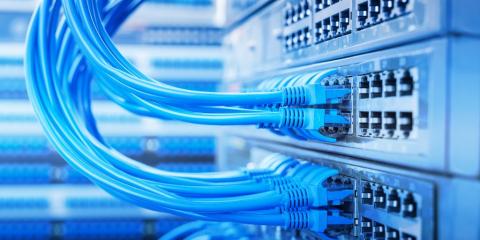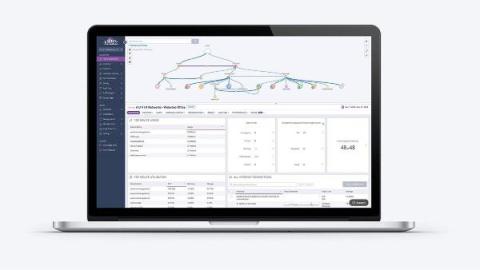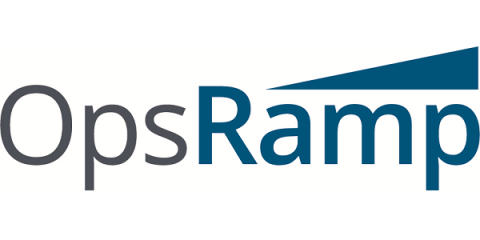Why a Firewall is the First Line of Defense Against Cyber Attacks?
In today's fast-paced and technologically-inclined world, safeguarding sensitive business information is more critical than ever. Firewalls play a pivotal role as the first line of defense, protecting networks and data from unauthorized access and malicious attacks. For a comprehensive understanding of what a firewall is, refer to the detailed explanation at the firewall at checkpoint.com. As cyber threats continue to evolve at a rapid pace, the importance of deploying robust firewalls as part of a comprehensive cybersecurity strategy cannot be overstated even more so today.











